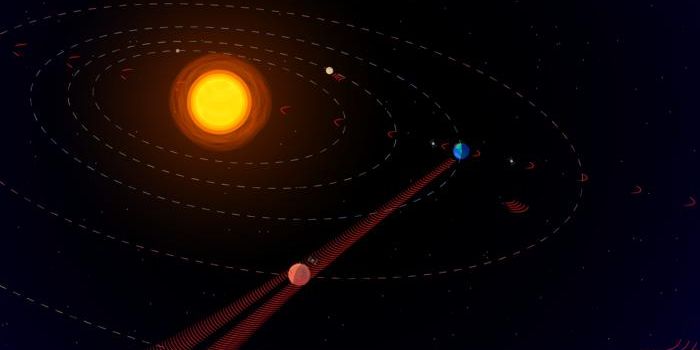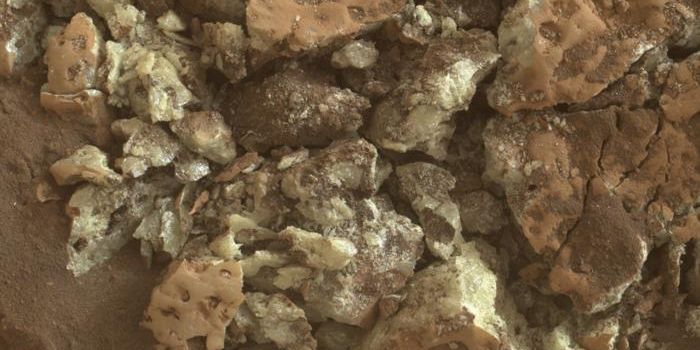Ever see a picture of the Moon's surface with those wide squiggly lines on it and wondered, "What are those things? Are they the burrows left behind by some giant lunar mole?" They're not. Most of the squiggly lines on the Moon (the proper term is "sinuous rilles") are the result of lava tubes. The moon is volcanically dormant now, but back when it was volcanically active, the movement of lava just beneath the Moon's surface created lava tubes, the same way volcanoes do here on Earth. The difference is, on the Moon, lava tubes are bigger, much bigger. Recent interpretation of data from NASA's 2011-2012 Gravity Recovery And Interior Laboratory or (GRAIL) mission by a team scientists from Purdue University suggests that lava tubes on the Moon could have diameters in excess of half a mile (1 kilometer) or more, large enough to house a small city on the moon. Inside these lunar lava tubes, well below the Moon's surface, colonists would be sheltered from cosmic radiation, meteorite impacts and the massive temperature swings between day and night on the Moon.
![Lava tubes in southeast view across Vallis Schröteri [Apollo 15 Metric Image AS15-M-2612]. Lava tubes in southeast view across Vallis Schröteri [Apollo 15 Metric Image AS15-M-2612].](http://assets.labroots.com/_public/_files/system/content-articles/images/body/757987195940630d53459a16ceb44377380e6ec0_575x353.jpg)
According to Jay Melosh, a Purdue University distinguished professor of Earth, atmospheric, and planetary sciences, "There has been some discussion of whether lava tubes might exist on the moon. ... Some evidence, like the sinuous rilles observed on the surface, suggest that if lunar lava tubes exist they might be really big."
The new Purdue study confirms these theories. The key data was the exploration of pits in several lunar maria, flat planes on the Moon's surface created by cooling seas of ancient lava. Analysis of these "pits" by the Purdue team showed that they were, in fact, "skylights", or spots where lava tubes come close enough to the lunar surface that the roofs have caved in. According to David Blair, a graduate student in Purdue's Department of Earth, Atmospheric and Planetary Sciences, and leader of the new Purdue study, where these lava tubes run deeper below the Moon's surface, they have a strong arched shape, like lava tubes found here on Earth. His team's analysis showed that it is possible and even likely that lunar lava tubes could be stable at sizes up to 5,000 meters, or several miles wide.
"This wouldn't be possible on Earth," Blair explained, "but gravity is much lower on the moon, and lunar rock doesn't have to withstand the same weathering and erosion. In theory," he continued, "huge lava tubes - big enough to easily house a city - could be structurally sound on the moon."
Through modeling a number of different variables, Blair's team found that a lunar lava tube's stability depends on its width, roof thickness and the stress state of the cooled lava. Blair explained that as he and his team continue to analyze the GRAIL data, they will be able to create an even more accurate and complete model of the limits of the possible size of these lunar lava tubes.
(Source: Space.com)
![Lava tubes in southeast view across Vallis Schröteri [Apollo 15 Metric Image AS15-M-2612]. Lava tubes in southeast view across Vallis Schröteri [Apollo 15 Metric Image AS15-M-2612].](http://assets.labroots.com/_public/_files/system/content-articles/images/body/757987195940630d53459a16ceb44377380e6ec0_575x353.jpg)








